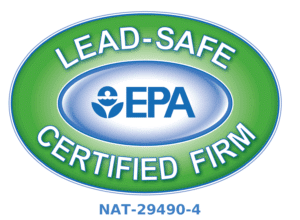If your house feels breezy even with the windows closed, you’re not imagining things. Air leaks are one of the most common culprits behind cold drafts and high energy bills in Maine homes – especially in older buildings.
Where the air sneaks in
Air leaks can show up in less obvious places. Sure, gaps around windows and doors are easy to spot, but here are a few other trouble zones:
- Attic hatches
- Recessed lighting
- Rim joists in the basement
- Plumbing and electrical penetrations
- Chimney chases and open soffits
These gaps let warm air escape in winter and hot, humid air sneak in during summer – making your heating and cooling systems work overtime.
How to seal the deal
The fix usually starts with a blower door test. It helps pinpoint exactly where your house is leaking air. From there, sealing strategies might include:
- Weatherstripping doors and windows
- Using spray foam or caulk for small gaps
- Air sealing attic floors and basement rims
- Installing gaskets behind electrical outlets
Air sealing isn’t glamorous, but it’s one of the most cost-effective upgrades you can make for year-round comfort and energy savings.
When to call in the pros
Some DIY fixes are great for weekend warriors. But if your house has major comfort issues or if you’ve never had an energy audit, it’s worth bringing in a professional. The right air sealing plan can make a big difference – and in Maine, that means a warmer, drier, more efficient home.






